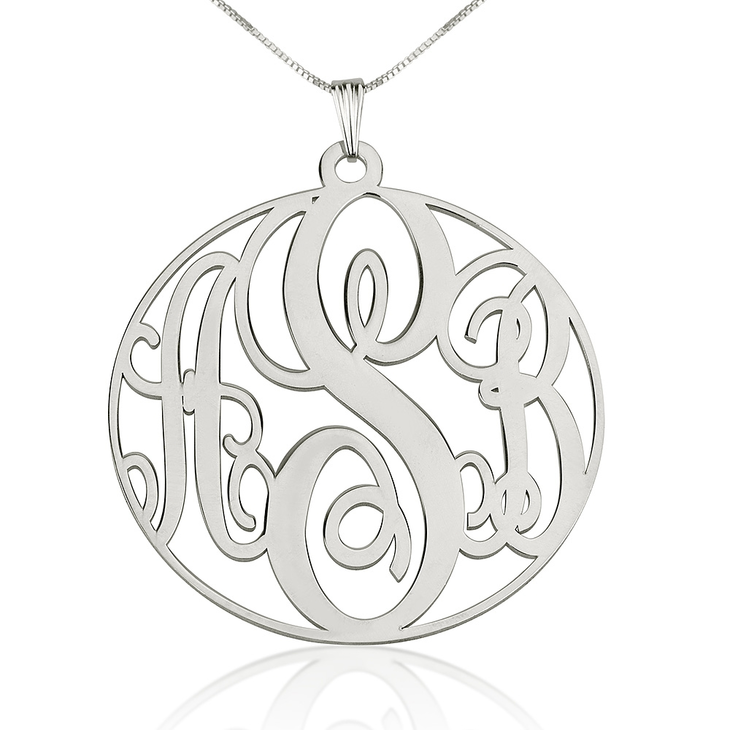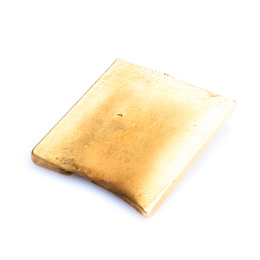Why Does Silver Tarnish?
When we invest in something precious, like jewelry, we want it to last as long as possible. For many, silver jewelry isn’t just an accessory; it’s a treasured possession. It might be a gift from someone special, a family heirloom, or simply a piece that holds sentimental value. Whether it’s a sleek bracelet or a timeless ring, silver has always been a popular, budget-friendly alternative to white gold or platinum.
But here’s the catch—like all metals, silver can tarnish over time. And nothing’s more frustrating than seeing your once-glamorous silver jewelry lose its shine. In this article, we’ll explore the common reasons why silver tarnishes and how you can protect your favorite pieces from discoloration.

Before we dive into the reasons, it’s important to note that even real sterling silver can tarnish. Pure silver, while less reactive, is too soft for practical use in jewelry, which is why it’s alloyed with other metals to make it stronger. Over time, exposure to chemicals, high humidity, or even body oils can cause tarnishing, leaving silver with a yellowish, dark, or black tint.
What Is Silver Tarnish?
Silver tarnish refers to the discoloration that occurs on silver items due to chemical reactions. This process often results in a yellow, brown, or blackened appearance, making the item lose its original shine. Tarnish develops over time as silver reacts with sulfur, moisture, or certain chemicals in its environment.
Both pure silver and sterling silver are susceptible to tarnishing, although sterling silver tends to tarnish faster due to its alloyed metal content.
What Causes Silver to Tarnish?
Tarnishing happens for a variety of reasons, often involving environmental factors, chemical exposure, and even body chemistry. Let’s explore these causes in detail to help you prevent tarnish from taking over your cherished pieces.
1. Corrosion: How Humidity and Sweat Trigger Tarnish
Corrosion occurs when silver comes into contact with moisture, leading to oxidation. High humidity or sweat can accelerate this process. Even the mild chemicals in your perspiration can cause tarnishing, especially in warm conditions. Here are some tips to reduce corrosion:
- Remove your silver jewelry before working out or spending time outdoors in hot weather.
- Handle salty foods, like chips or salted nuts, with care—salt can significantly speed up tarnishing.
- Always clean your silver after exposure to ocean water or any salty environment.
2. Metallic Abrasion: How Makeup and Cosmetics Affect Silver
Your makeup and skincare products could be contributing to your jewelry’s discoloration. Powders, foundations, and creams often contain zinc oxide or calamine, which can rub off on your silver and leave black spots. To avoid this:
- Apply makeup, lotion, and perfume before putting on your jewelry.
- Consider choosing cosmetics with fewer chemical compounds that interact with metals.
- Store your silver jewelry in a clean, dry place to minimize contact with residues from skincare products.
3. Sulfur Compounds: The Biggest Culprit of Tarnish
Sulfur-containing compounds in the air or materials your silver touches are a major cause of tarnish. Common examples include:
- Natural gases from rubber bands, latex, or certain types of paint.
- Pollutants in industrial areas or homes heated with oil or coal.
- Everyday foods like eggs, onions, and fish, which release sulfur when cooked.
If you live in a high-pollution area, make sure to clean your silver regularly to keep it looking its best.
4. Increased Humidity and Temperature
Warm, damp environments can accelerate tarnishing. If you live in a humid climate, store your silver jewelry in airtight bags or use anti-tarnish strips to reduce exposure to moisture.
5. Body Chemistry and Medications
Your own skin chemistry might also play a role. Oily or acidic skin can speed up the tarnishing process, as can certain medications that alter your body’s chemical balance. If this sounds familiar, try cleaning your jewelry more frequently or using absorbent powder on areas where you wear silver.
How to Prevent Tarnishing
While it’s impossible to stop tarnish entirely, there are ways to slow it down and keep your silver jewelry looking shiny and new:
- Store your jewelry in anti-tarnish pouches or lined boxes.
- Clean your silver regularly with a soft cloth and mild cleaning solution.
- Avoid wearing silver jewelry when swimming, exercising, or handling harsh chemicals.
Workplace Hazards for Silver Jewelry
Your job can also affect your jewelry’s condition. For example:
- Photographers who handle photographic chemicals should remove their jewelry before work.
- Perfume counter employees should be cautious of sprays landing on silver rings or bracelets.
Taking off your jewelry during work hours can prevent long-term damage.
Final Thoughts on Silver Tarnishing
While tarnishing is an inevitable part of owning silver jewelry, understanding the causes can help you slow down the process. Regular cleaning, proper storage, and mindful wear can go a long way in preserving your silver’s beauty. And when in doubt, a professional jeweler can help restore heavily tarnished pieces to their original luster.
Looking for tips to clean silver at home? Check out our DIY silver cleaning guide for easy solutions that work!





















